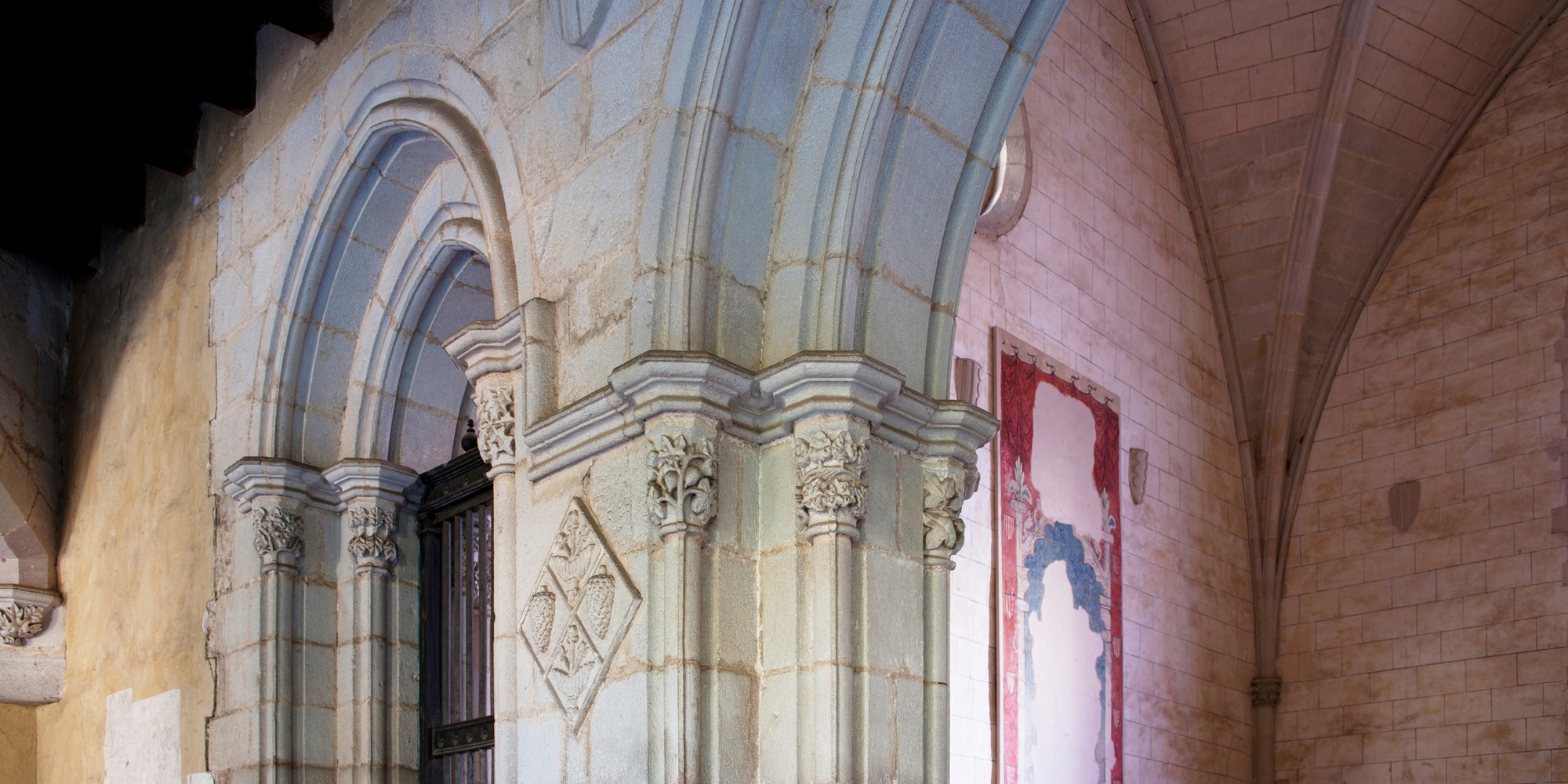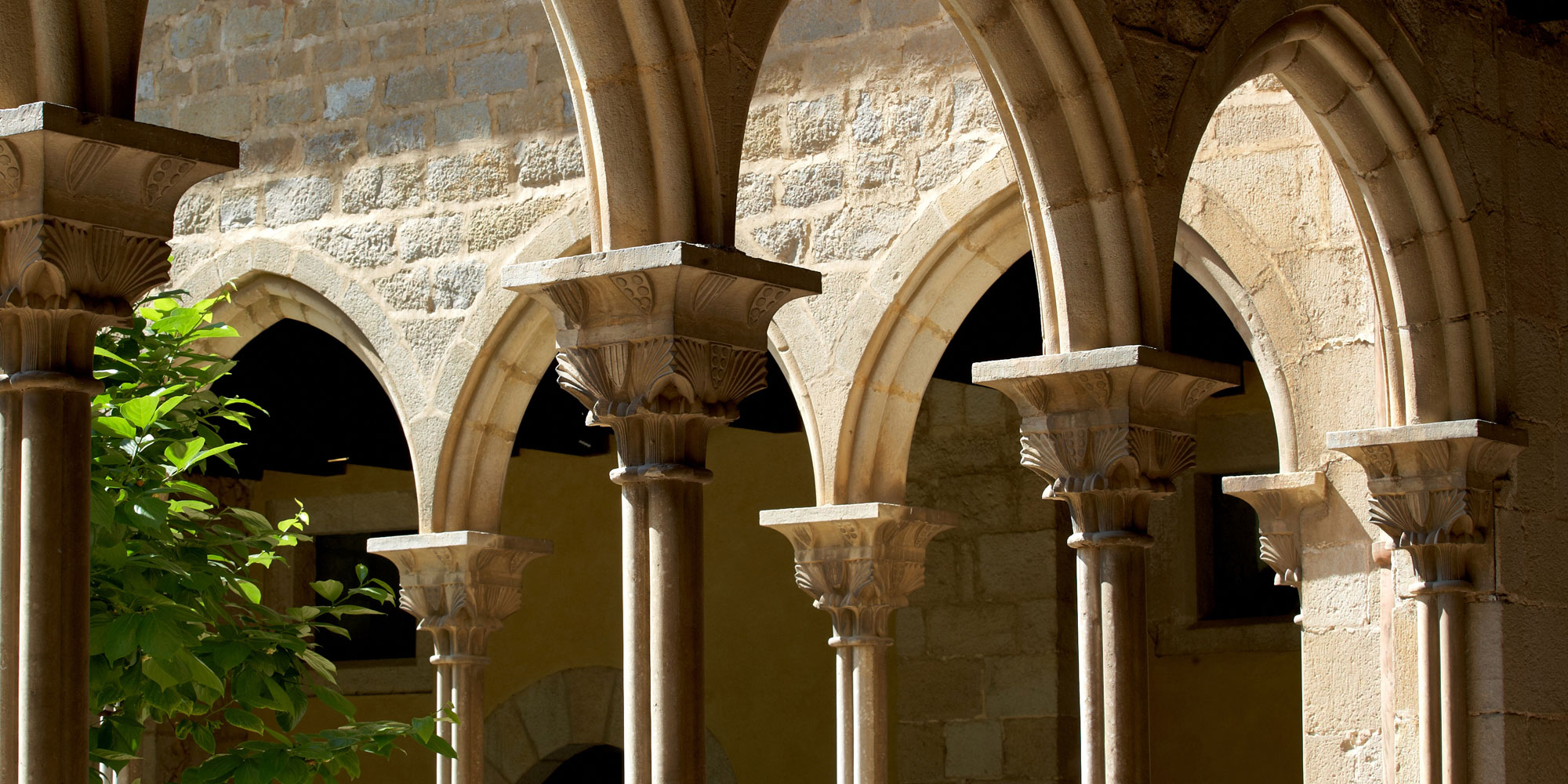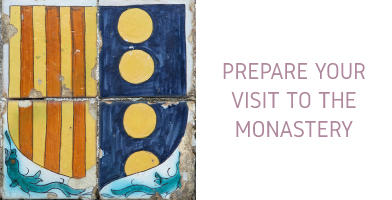The 16th century: a time of reforms
The 16th century marked a turning point in the history of the monastery and its properties, beginning with the changes provoked by the union of the Catalan-Aragonese and Castilian crowns and the Franciscan reform movement of the strict observance, part of a general reform of the Church. Within the monastery, the changes promulgated by King Ferdinand I of Aragon, with the aim of achieving political and religious cohesion in the kingdom, affected the layout itself of the religious site and the inner workings of the community. Meanwhile, the relations with northern Europe led to the introduction of new currents of spirituality that defended a more private type of religious practice, reflected by the proliferation of the day cells in the monastery.
The abbesses no longer had Catalan lineage but instead were chosen from important Castilian families, such as Sister Teresa Enríquez (1495-1507), Sister Maria d’Aragó (1515-1519), a natural daughter of King Ferdinand, and Sister Teresa de Cardona (1521 -1562), a cousin of the king.
The introduction of the reform of the strict observance during that century strengthened the enclosure, with the segregation of all those areas which had previously had contact with the outside world. The interior of the monastery was remodelled and embellished, especially the communal spaces such as the cloister, the refectory, the Room of the Angel and the dormitory; a third floor was added to the cloister, and the church stained glass windows were replaced.

Towards the end of the 16th century, the monastery fell into gradual economic and physical decline. Nonetheless, thanks to donations, mainly coming from the Council of One Hundred, the governing body of Barcelona, it was possible to cover the cost of subsequent refurbishments, such as the main gate bearing the coat of arms of the city and the new infirmary, paid for with 600 ducats given by King Philip II in 1568.
The monastery was not alien to the socio-political context of the country. Already, in the 15th century, during the Civil War between John II of Aragon and the Catalan Institutions (1472-1475), the nuns were forced to abandon the monastery for the first time, which supposed a drastic break in the spirit of the enclosure. At the outbreak of the Catalan Revolt or War of the Reapers (1640), the nuns again had to flee Pedralbes and did not return until three years later. And in 1714, with the end of the War of Spanish Succession and the application of the Decree of Nueva Planta, the monastery lost the protection of the dissolved Council of One Hundred.
- Presentation 1
-
History
2
-
The Space
3










